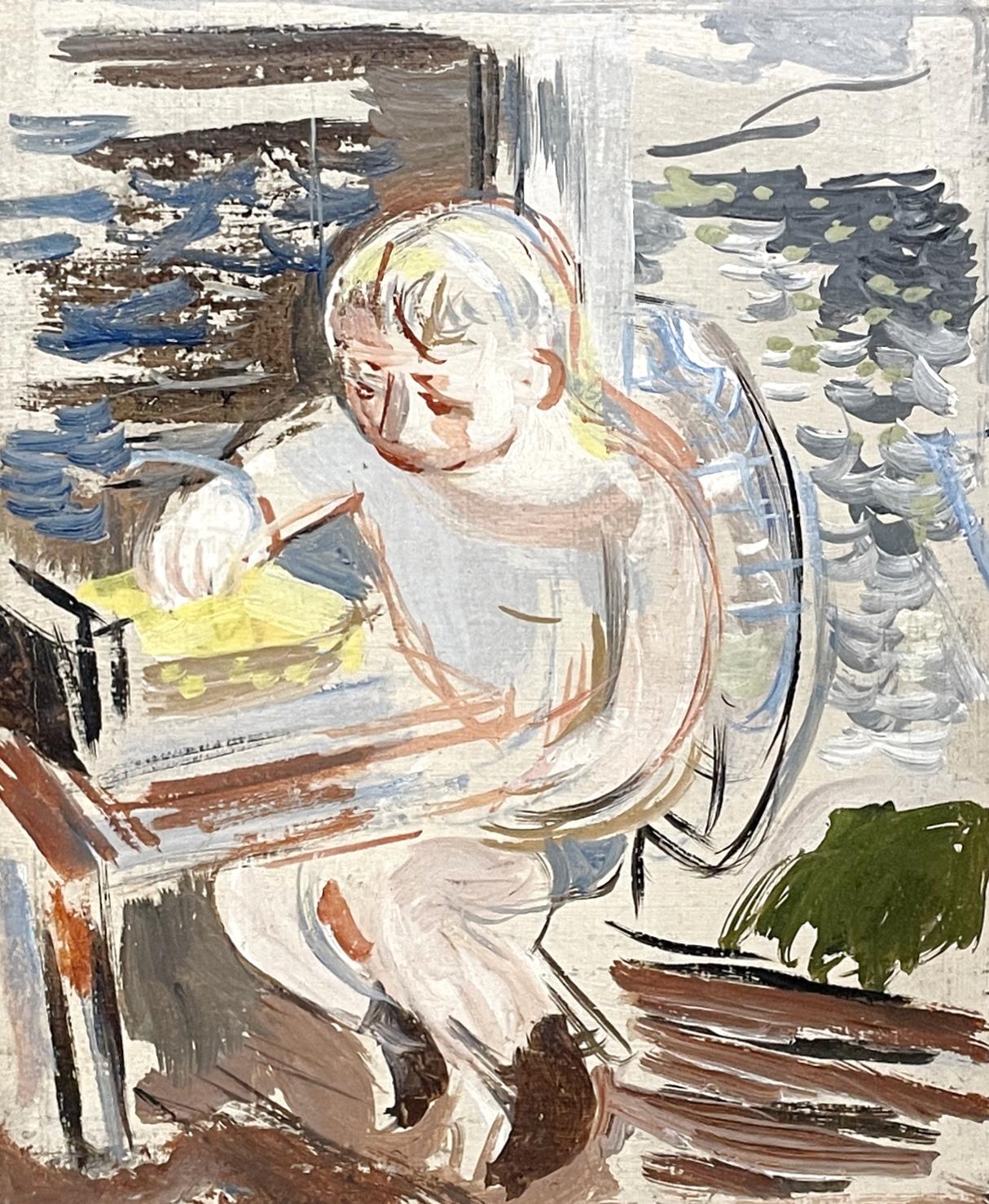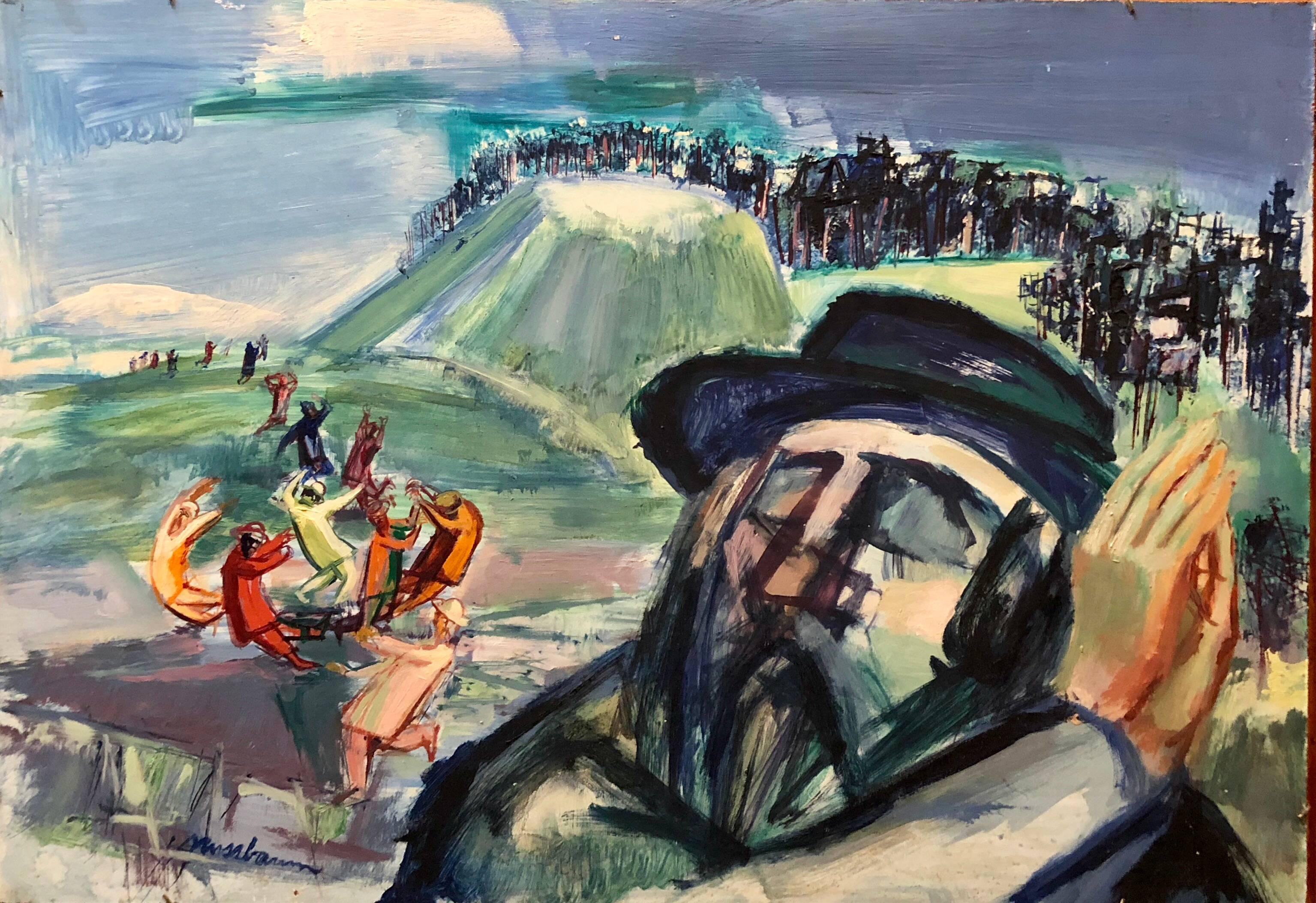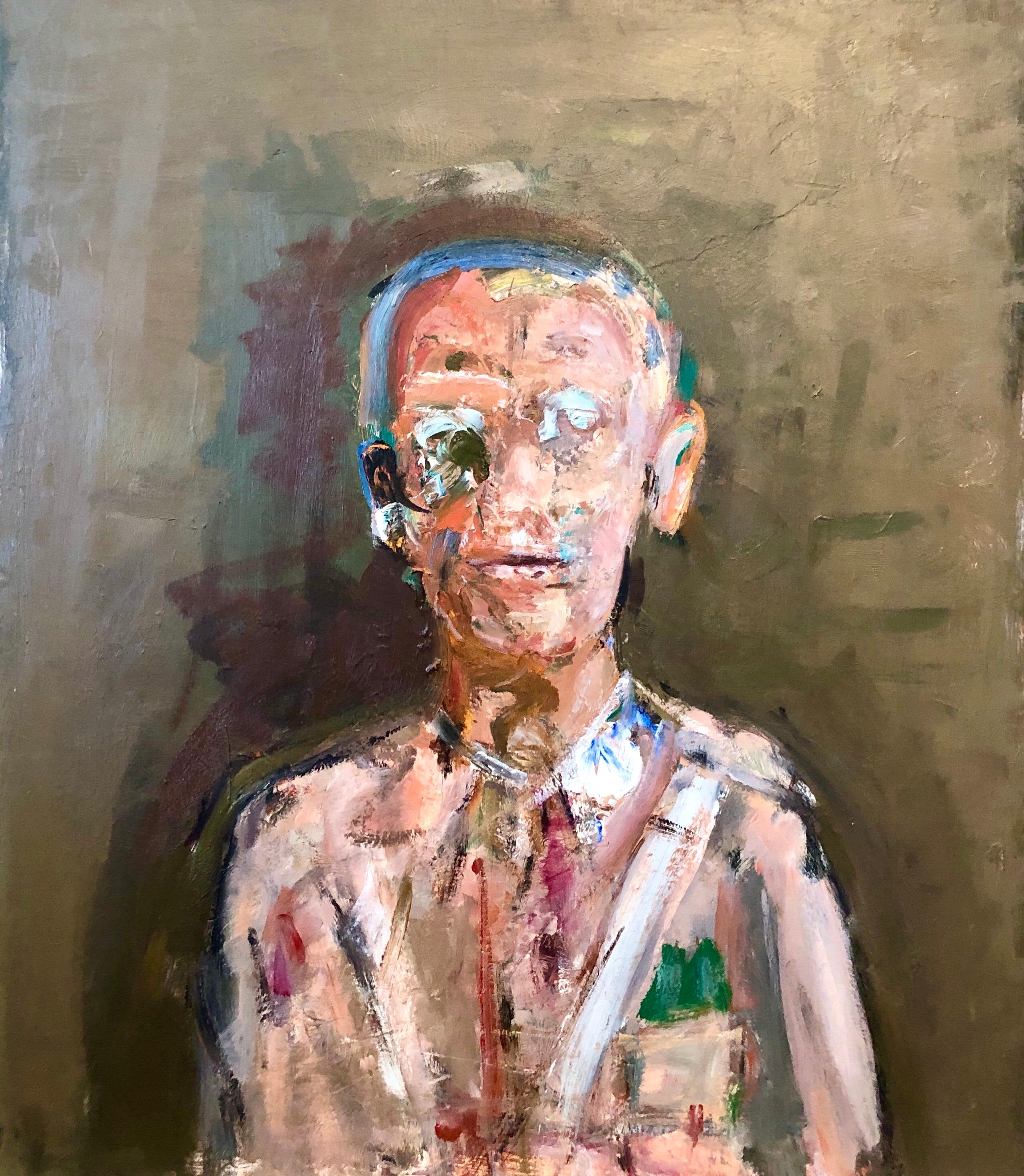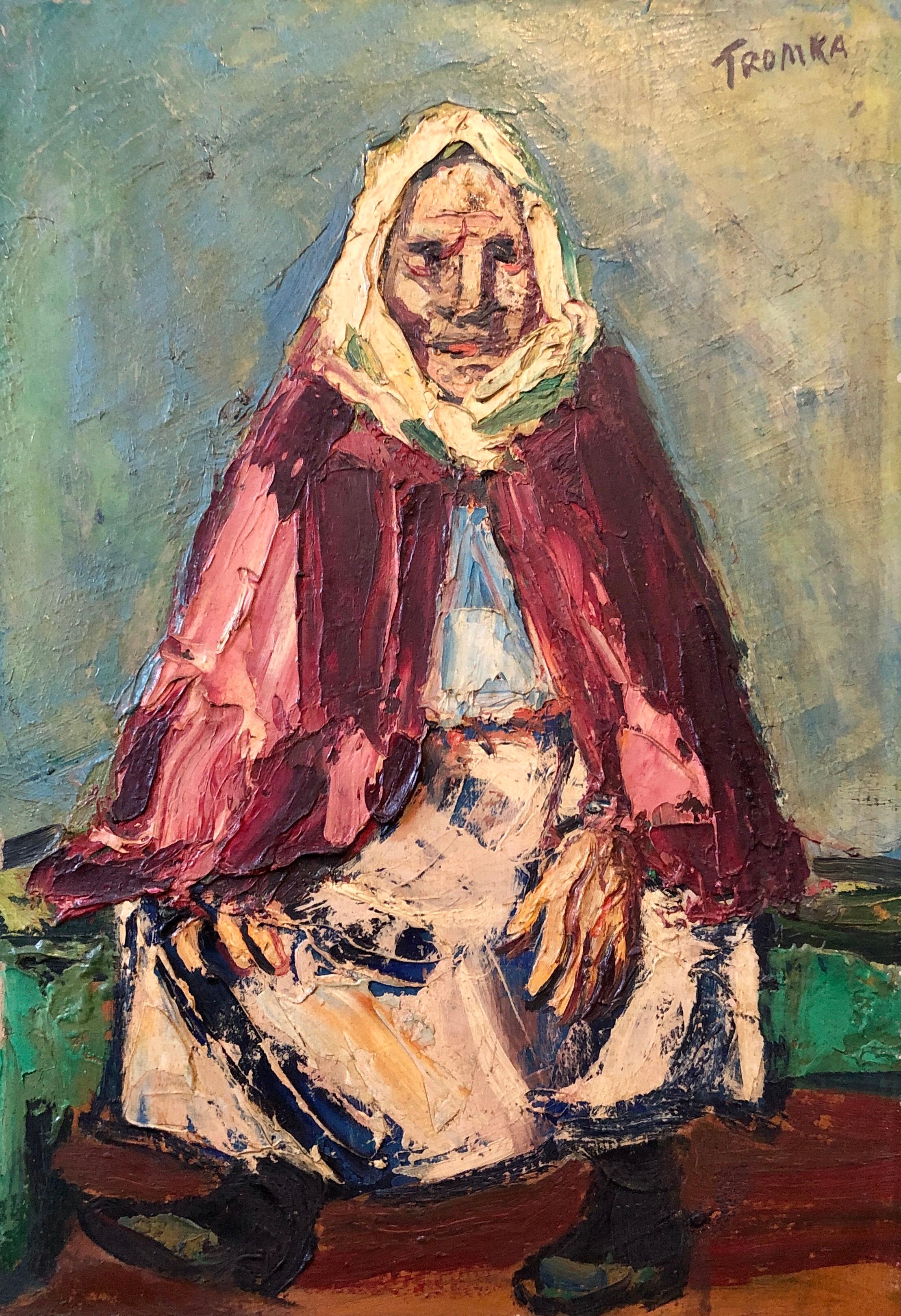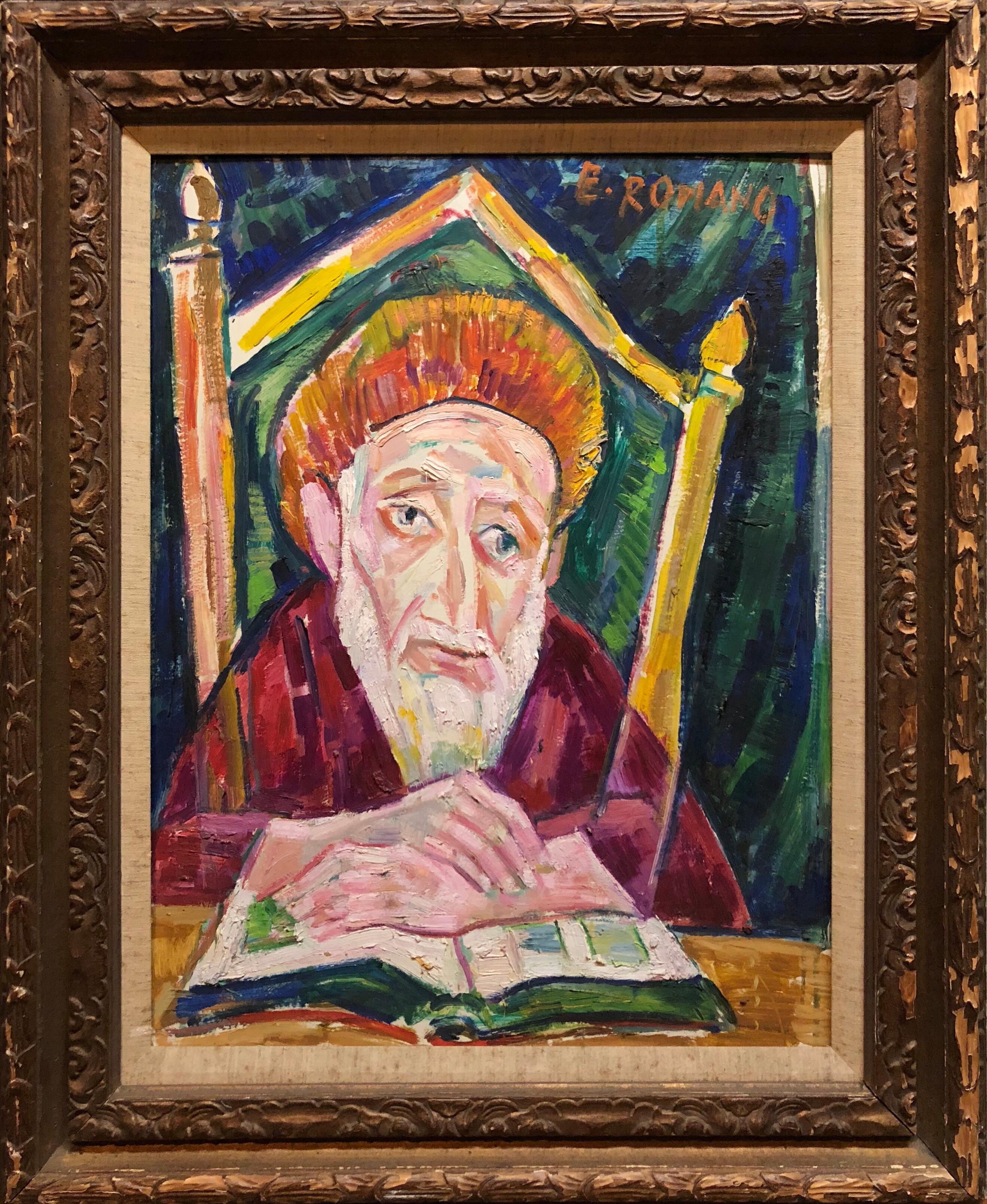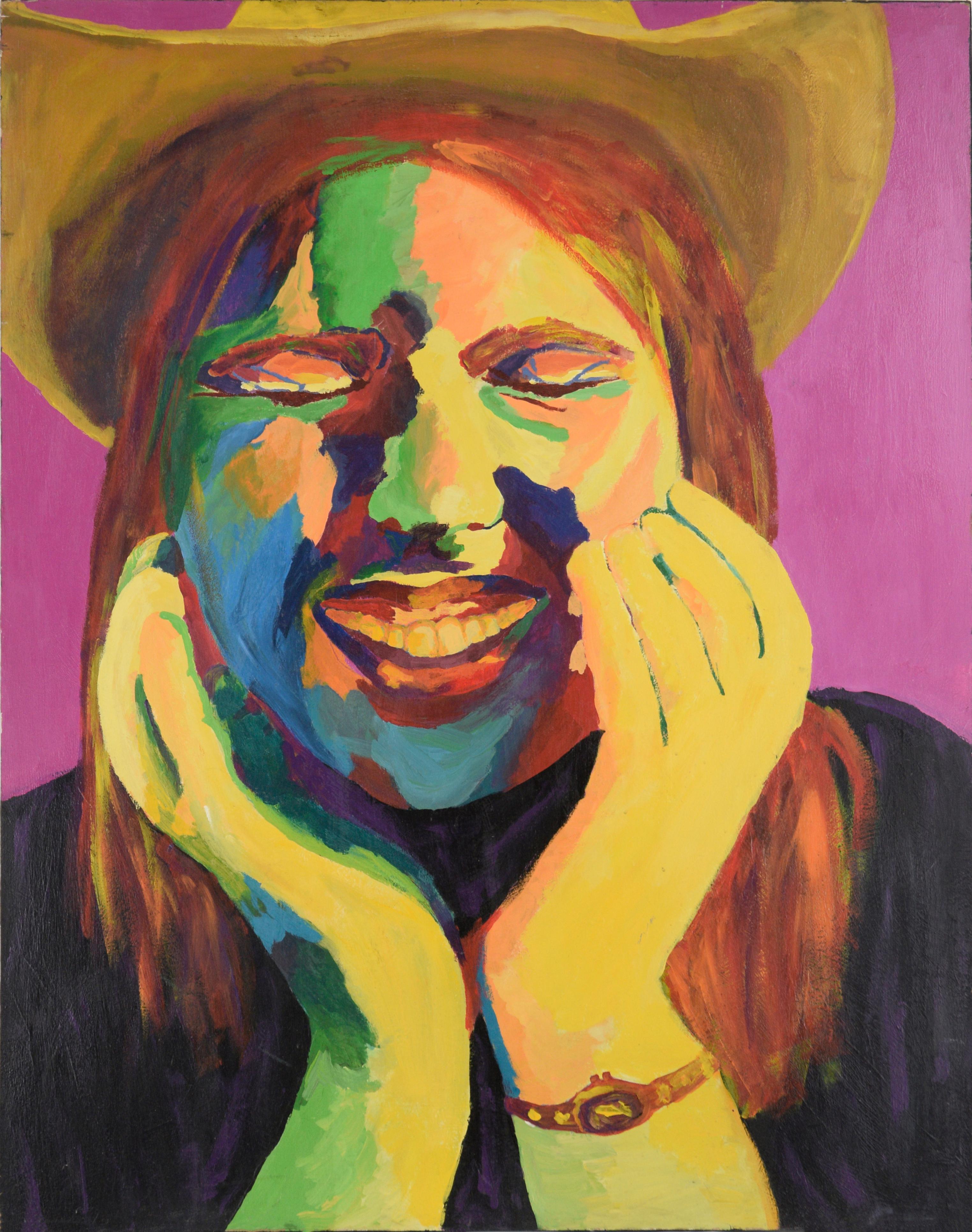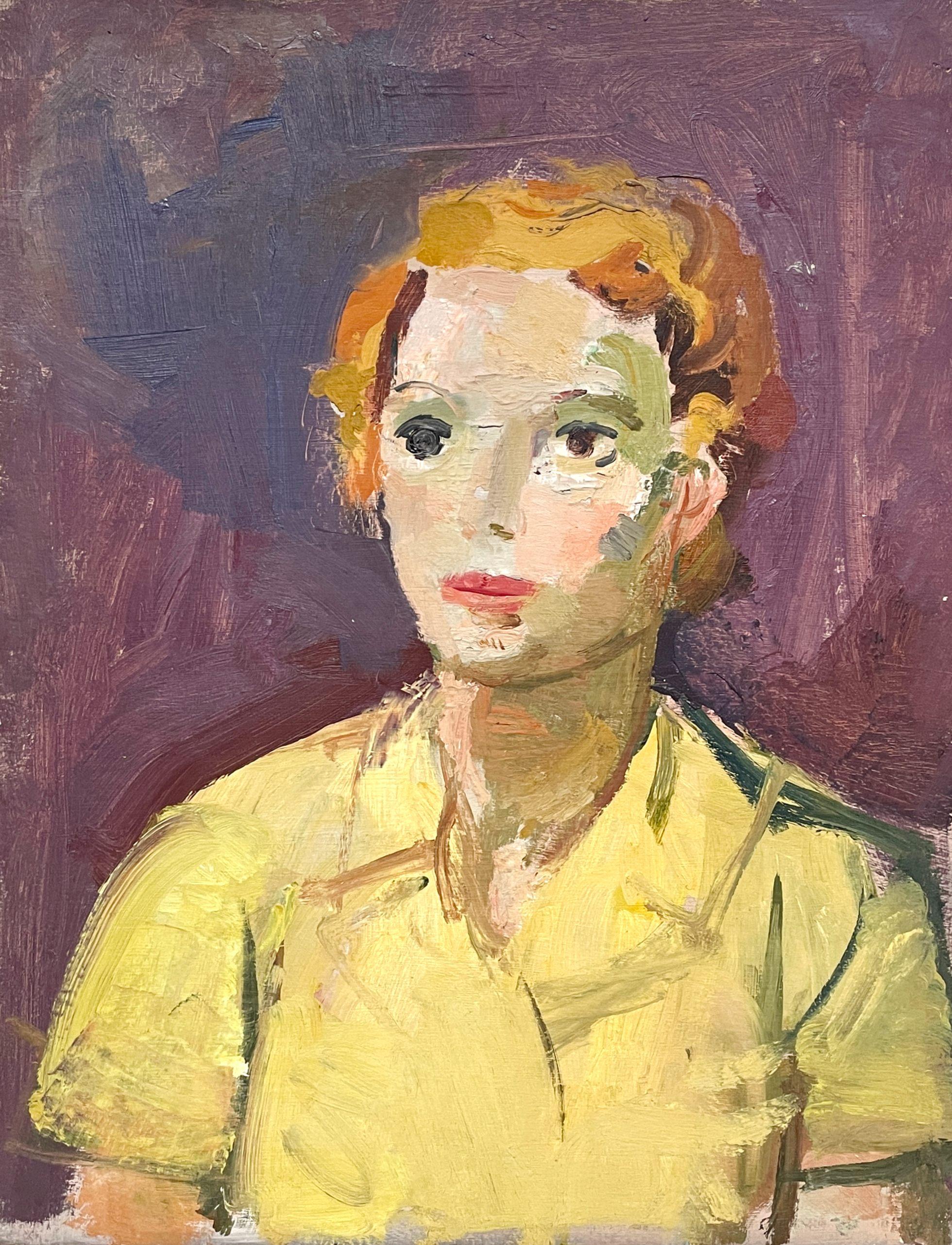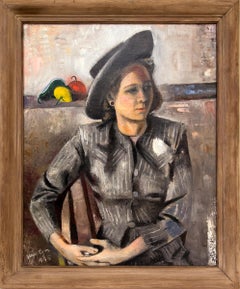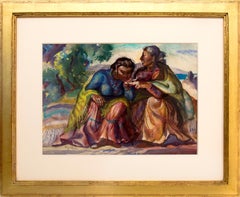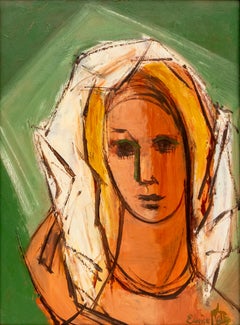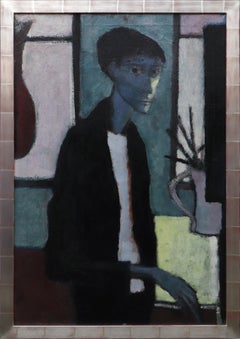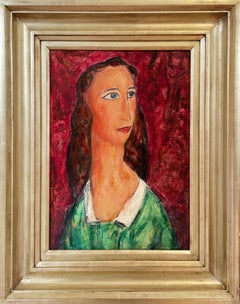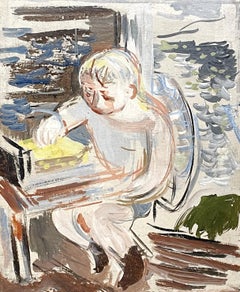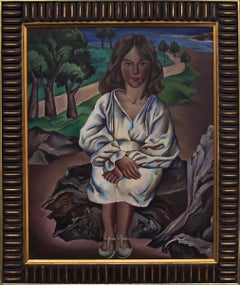
Dora, 1920s Framed Modernist Portrait of a Girl at the Seaside Oil Painting
Video Loading
Want more images or videos?
Request additional images or videos from the seller
1 of 15
Peppino MangraviteDora, 1920s Framed Modernist Portrait of a Girl at the Seaside Oil Painting1928
1928
Price:$1,991.96
$2,138List Price
About the Item
- Creator:Peppino Mangravite (1896-1978, American)
- Creation Year:1928
- Dimensions:Height: 36.25 in (92.08 cm)Width: 30 in (76.2 cm)Depth: 1.5 in (3.81 cm)
- Medium:
- Movement & Style:
- Period:
- Condition:very good to excellent condition. Minor restoration (visible only under ultraviolet light).
- Gallery Location:Denver, CO
- Reference Number:Seller: DCG-199191stDibs: LU2736263812
About the Seller
5.0
Vetted Professional Seller
Every seller passes strict standards for authenticity and reliability
Established in 1979
1stDibs seller since 2013
289 sales on 1stDibs
Typical response time: 13 hours
Authenticity Guarantee
In the unlikely event there’s an issue with an item’s authenticity, contact us within 1 year for a full refund. DetailsMoney-Back Guarantee
If your item is not as described, is damaged in transit, or does not arrive, contact us within 7 days for a full refund. Details24-Hour Cancellation
You have a 24-hour grace period in which to reconsider your purchase, with no questions asked.Vetted Professional Sellers
Our world-class sellers must adhere to strict standards for service and quality, maintaining the integrity of our listings.Price-Match Guarantee
If you find that a seller listed the same item for a lower price elsewhere, we’ll match it.Trusted Global Delivery
Our best-in-class carrier network provides specialized shipping options worldwide, including custom delivery.More From This Seller
View All1945 American Modern Oil Painting - Portrait of Artist's Wife with Fruit
By Hayes Lyon
Located in Denver, CO
This captivating 1945 oil painting by acclaimed American artist Hayes Lyon beautifully portrays Bessy Lyon, the artist’s wife, in a warm and intimate composition. Rendered in soft ye...
Category
1940s American Modern Figurative Paintings
Materials
Canvas, Oil
$1,550 Sale Price
51% Off
Framed Watercolor Portrait of Two Women – Figurative Exterior Scene Art
By Lloyd Moylan
Located in Denver, CO
This vibrant modernist watercolor on paper by Lloyd Moylan features a captivating portrait of two women seated in an outdoor landscape. Richly painted in a harmonious palette of pink...
Category
20th Century American Modern Figurative Paintings
Materials
Watercolor
$3,450 Sale Price
40% Off
Modernist Woman Portrait - Original Acrylic Painting with Rich Green Background
Located in Denver, CO
Discover a striking original modernist portrait by Eunice Katz (1927–2008). This captivating acrylic painting on board features a woman’s portrait, rendered in a bold palette of rich...
Category
Mid-20th Century American Modern Portrait Paintings
Materials
Acrylic
Expressionist 1940s Self Portrait Oil Painting by Cornelis Ruhtenberg – Blues, G
By Cornelis Ruhtenberg
Located in Denver, CO
This captivating expressionist self-portrait by Cornelis Ruhtenberg (1923–2008) captures the artist in a contemplative interior scene. Painted in 1949, the oil on board artwork featu...
Category
1940s Expressionist Portrait Paintings
Materials
Oil
Portrait of a Woman Cooking, 20th Century Figural Acrylic Impressionist Painting
Located in Denver, CO
A compelling original modernist painting by Eunice Katz, featuring a richly evocative scene of an elderly woman seated and preparing a meal over a large pot. Rendered in a warm, eart...
Category
20th Century American Impressionist Figurative Paintings
Materials
Acrylic
1940s WPA Era American Modern Figurative Painting of Figure on Deserted Street
By Jenne Magafan
Located in Denver, CO
This striking 1946 oil on canvas painting, titled Deserted Street, was created by Colorado/Woodstock modernist artist Jenne Magafan (1916-1952). The artwork features a solitary figu...
Category
1940s American Modern Portrait Paintings
Materials
Oil
You May Also Like
An Ideal Head of a Woman
By Alfred Henry Maurer
Located in Greenwich, CT
In the tradition of Modigliani, Maurer's depictions of women are expressive and lively. America had very few modernists who painted in this manner but Maurer is famous for exactly t...
Category
1920s American Modern Figurative Paintings
Materials
Gesso, Oil, Board
America impressionist portrait young boy 1937 Modern Figurative Oil Painting
Located in Buffalo, NY
A fantastic modern portrait of a young boy. This work is signed what appears to be Paul Sellers and dated 1937, but we have not found information on the artist.
The work dated 1936...
Category
1930s American Modern Figurative Paintings
Materials
Oil, Board
A Delightful Painting of a Young Boy Sketching in a Boathouse by Francis Chapin
By Francis Chapin
Located in Chicago, IL
A Delightful Painting of a Young Boy Sketching in a Boathouse by Noted Chicago Modern Artist, Francis Chapin (Am. 1899-1965). Painted circa 1958 at the artist's summer house and st...
Category
Mid-20th Century American Modern Figurative Paintings
Materials
Oil, Board
Simka Simkhovitch WPA Artist Oil Painting Family Mother, Kids American Modernist
By Simka Simkhovitch
Located in Surfside, FL
Simka Simkhovitch (Russian/American 1893 - 1949)
This came with a small grouping from the artist's family, some were hand signed some were not.
These were studies for larger paintings.
Simka Simkhovitch (Симха Файбусович Симхович) (aka Simka Faibusovich Simkhovich) (Novozybkov, Russia May 21, 1885 O.S./June 2, 1885 N.S.—Greenwich, Connecticut February 25, 1949) was a Ukrainian-Russian Jewish artist and immigrant to the United States. He painted theater scenery in his early career and then had several showings in galleries in New York City. Winning Works Progress Administration (WPA) commissions in the 1930s, he completed murals for the post offices in Jackson, Mississippi and Beaufort, North Carolina. His works are in the permanent collections of the Dallas Museum of Art, the National Museum of American Art and the Whitney Museum of American Art. Born outside Kyiv (Petrograd Ukraine) into a Jewish family who owned a small department store. During a severe case of measles when he was seven, Simcha Simchovitch sketched the views outside his window and decided to become an artist, over his father's objections. Beginning in 1905, he studied at the Grekov Odessa Art School and upon completion of his studies in 1911 received a recommendation to be admitted to the Imperial Academy of Arts. Though he enrolled to begin classes in architecture, painting, and sculpture at the Imperial Academy, he was dropped from the school roster in December because of the quota on the number of Jewish students and drafted into the army. Simchovitch served as a private in the 175th Infantry Regiment Baturyn [ru] until his demobilization in 1912. Re-enrolling in the Imperial Academy, he audited classes.
Simka Simkhovitch exhibited paintings and sculptures in 1918 as part of an exhibition of Jewish artists and in 1919 placed 1st in the competition "The Great Russian Revolution" with a painting called "Russian Revolution" which was hung in the State Museum of Revolution. In 1922, Simkha Simkhovitch exhibited at the International Book Fair in Florence (Italian: Fiera Internazionale del Libro di Firenze). In 1924, Simkhovitch came to the United States to make illustrations for Soviet textbooks and decided to immigrate instead. Initially he supported himself by doing commercial art and a few portrait commissions. In 1927, he was hired to paint a screen for a scene in the play "The Command to Love" by Fritz Gottwald and Rudolph Lothar which was playing at the Longacre Theatre on Broadway. Art dealers began clamoring for the screen and Simkhovitch began a career as a screen painter for the theater. Catching the attention of the screenwriter, Ernest Pascal, he worked as an illustrator for Pascal, who then introduced him to gallery owner, Marie Sterner. Simkhovitch's works appeared at the Marie Sterner Gallery beginning with a 1927 exhibit and were repeated the following year. Simkhovitch had an exhibit in 1929 at Sterner's on circus paintings. In 1931, he held a showing of works at the Helen Hackett Gallery, in New York City and later that same year he was one of the featured artists of a special exhibit in San Francisco at the California Palace of the Legion of Honor in Lincoln Park. The exhibit was coordinated by Marie Sterner and included four watercolors, including one titled "Nudes". He is of the generation of Russian Soviet artists such as Isaac Pailes, Serge Charchoune, Marc Chagall, Chana Orloff, Isaac Ilyich Levitan, and Ossip Zadkine.
In 1936, Simkhovitch was selected to complete the mural for the WPA Post office project in Jackson, Mississippi. The mural was hung in the post office and courthouse in 1938 depicted a plantation theme. Painted on the wall behind the judge’s bench, “Pursuits of Life in Mississippi”, a depiction of black workers engaged in manual labor amid scenes of white professionals and socialites, was eventually covered over in later years during renovations due to its stereotypical African American imagery. The following year, his painting "Holiday" won praise at an exhibition in Lincoln, Nebraska. In 1940, Simkhovitch's second WPA post office project was completed when four murals, "The Cape Lookout Lighthouse and the Orville W. Mail Boat", "The Wreck of the Crissie Wright", "Sand Ponies" and "Canada Geese" were installed in Beaufort, North Carolina. The works were commissioned in 1938 and did not generate the controversy that the Jackson mural had. The main mural is "The Wreck of the Crissie Wright" and depicts a shipwreck which had occurred in Beaufort in 1866. "The Cape Lookout Lighthouse and the Orville W. Mail Boat" depicted the lighthouse built in 1859 and the mail boat that was running mail during the time which Simkhovitch was there. The boat ran mail for the area until 1957. "Sand Ponies" shows the wild horses common to the North Carolina barrier islands and "Canada Geese" showed the importance of hunting and fishing in the area. All four murals were restored in the 1990s by Elisabeth Speight, daughter of two other WPA muralists, Francis Speight...
Category
1930s American Modern Figurative Paintings
Materials
Oil, Board
Modernist American Judaica Painting Gaon and his Disciples
By Ervin B. Nussbaum
Located in Surfside, FL
In this painting, Nussbaum portrays a Rabbi, or Rebbe outside the synagogue The vibrant colors used in this painting seem to overlay each other without being previous mixed.
Ervin B...
Category
20th Century American Modern Figurative Paintings
Materials
Oil, Board
Military Man Portrait Figurative Abstract Oil Painting American Modernist Artist
By Dean Richardson
Located in Surfside, FL
Oil on board, 1978. It depicts an abstracted portrait of a military man in an army uniform with medals. It is signed by the artist verso.
Dimensions: sight size-22 inches tall X 19...
Category
1970s American Modern Figurative Paintings
Materials
Oil, Board
Recently Viewed
View AllMore Ways To Browse
Studio Cas
Studio Ghibli
Summer Solstice Vintage
Sussex Spaniel
Sybil Goldsmith
Sylvia Sleigh
Sylwia Jakubowska
Szabolcs Bozo
Takahashi Shotei Prints
Takashi Murakami Panda With Cubs
Tarkay Landscape
Tato Sansoni
Tauromaquia Picasso
Tetes Ramie 368
The Brothers Karamazov
The Queen Bubblegum
Theodore Hancock
Three Graces Salvador Dali

